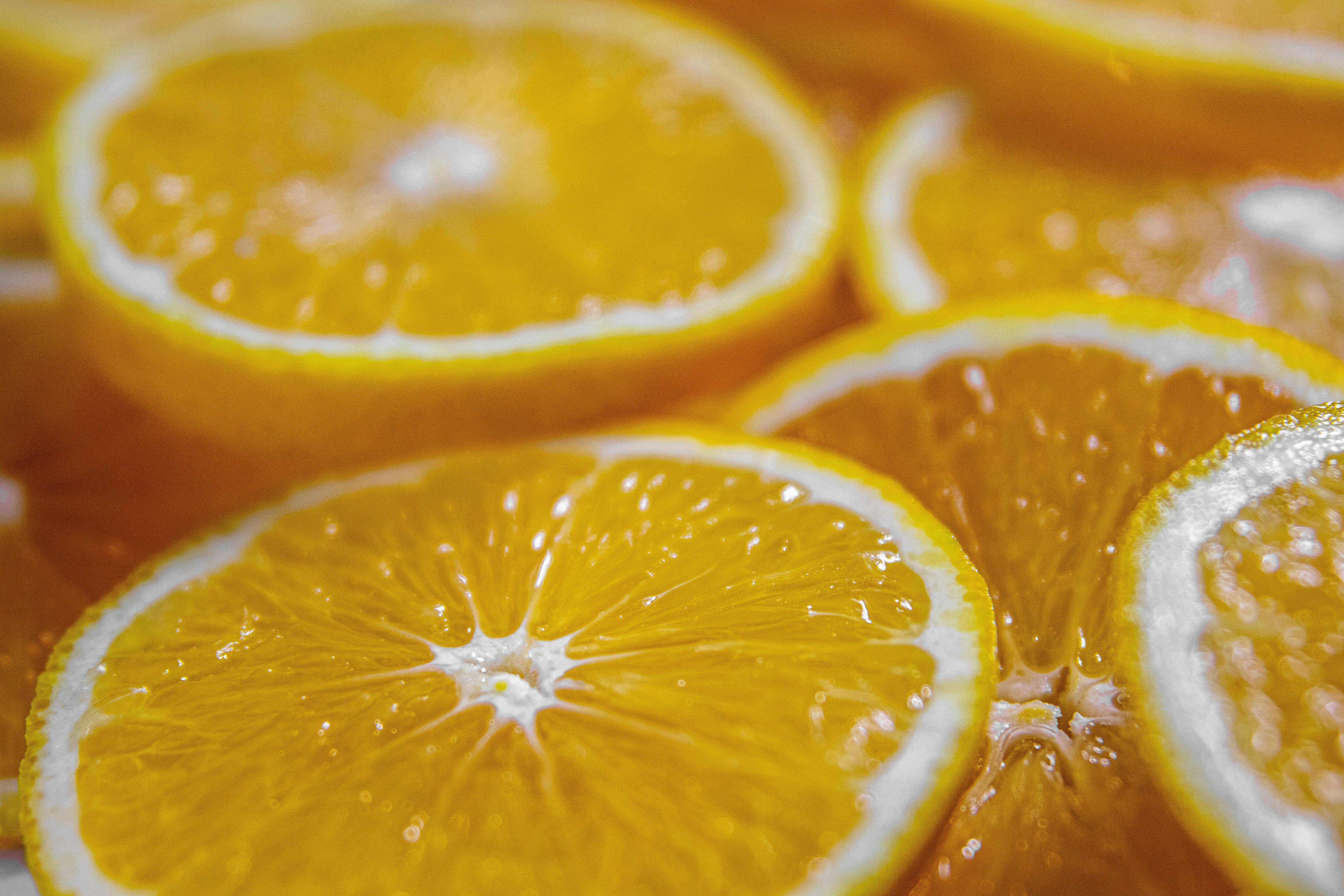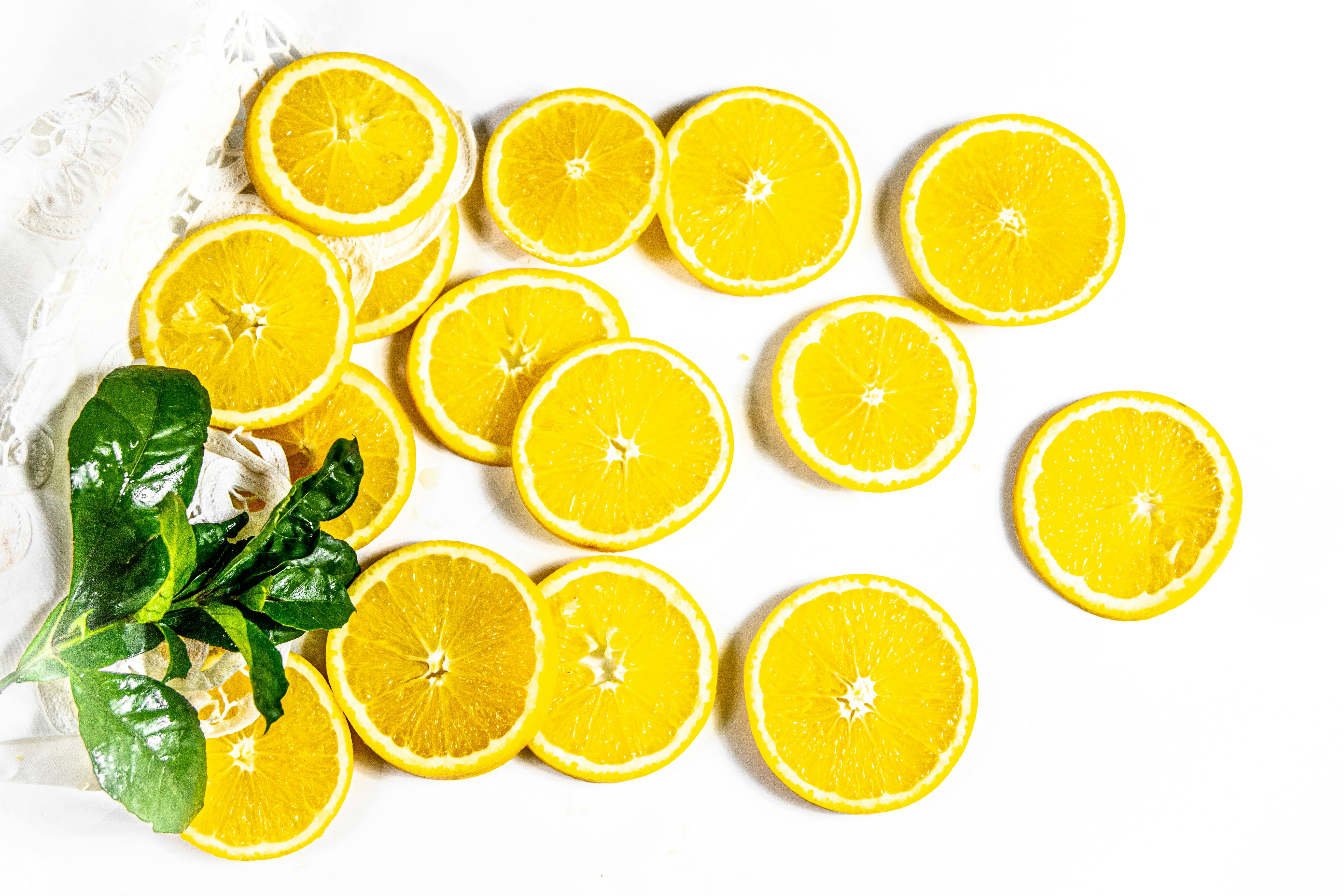Breastfeeding a baby is the most natural way to feed. As much as we would like to believe that formula milk is very close to breast milk and good enough, the fact that humans have survived so many thousands of years before formula was even found shows how effective formula has been. Breastfeeding. If you are one of the lucky mothers who does very well with breastfeeding, you are blessed. However, there is another population of mothers who struggle to feed their babies. Some say that the baby is not latching on correctly, but with guidance from lactation consultants (in the Western world) and experienced grandmothers/mothers (usually in the developing world) and over time, latching can be made to work . There is another category of mothers who want to breastfeed but struggle because they do not produce enough milk. Every book or website you open will tell you that her body will make enough milk for her baby and that feeding on demand helps her body understand how much milk it needs. Trust me, everyone’s body is not capable of producing enough milk, let alone excess to pump and store. I’m not going to write about the benefits of breastfeeding as there is a lot of literature on it, but I thought it would help a bit if I could share my experience and also present consolidated information on what you could do to increase your milk supply.
It is very painful to see your baby cry despite having fed him for an hour. Especially for new mothers, it’s not just the physical pain one has to go through when starting to breastfeed, it’s also the agony of not satiating the hungry baby. One wishes that all they could do was make enough milk for the baby to be full and fall asleep. I’ve been through that pain and I can totally empathize. We had to start feeding our little boy formula in addition to nursing from day one as he was jaundiced and really needed the food to cleanse his system. Once we brought him home, we understood within a couple of days that he just wasn’t earning enough and in the months that followed I had to deal with the fact that he would also be getting bottles. She was so determined to make breastfeeding work for us and hadn’t even thought about ‘what if it doesn’t work out?’ We hadn’t bought a pump or even a bottle, but decided to do so a day after we brought it home. With limited time to explore the best options, we opted for a Philips hand pump which was a good place to start. I then followed the breastfeeding advice and soon after was on an information gathering spree so I could advise on improving milk supply. During this phase, I learned that, although you may not know it, women undergoing some type of breast surgery, such as augmentation or reduction or even removal of fibroids (for medical reasons), may have potential problems with supply. A term you may want to become familiar with is galactagogue. These are substances that help improve lactation in humans and animals. Based on my experience and the information I gathered, I have put together the following information that may help you…
1. Pain experienced in the first few days of feeding combined with an almost constantly hungry baby can be a test. Try not to get discouraged. One could wear what are called nipple shields to ease the pain. They are usually made of silicone and also help them latch on well. It is also useful for women with small or inverted nipples. Once you and your baby learn to breastfeed, stop using the nipple shield. You need to keep feeding to increase your milk supply. Remember that it is usually only 24 hours without feeding that stops milk production.
2. Pump as often as possible. As I said before, the body learns from the baby how much milk it needs. Try to pump when you get the chance. I say this because there may be times when you have to supplement feeding by giving your baby a bottle. In such cases, pump to empty your breast so your body doesn’t think the baby needs less milk. After the first few weeks, the baby increases the interval between feeds, also pumps between feeds. I was told that pumping between 2am and 4am is a good idea as the lactation inducing hormone is at its peak at that time.
3. Try to get a hospital grade pump. Yes, it’s expensive and I know some people don’t like it. However, you actually have options to increase or decrease the suction just like a baby does. If you can’t get one, that’s fine, use a mechanical pump.
4. Try to empty both breasts with each feeding.
5. Drink at least two liters of water a day, remember that much of breast milk is just water and unless you are hydrated you will not produce enough
6. Here are some galactagogues I used and some I chose not to use because they were so new to me:
on. Fenugreek seeds (called methi in Hindi and ‘vendhayam’ in Tamil) – I had no idea they would increase milk production and I was delighted to hear about it. It’s a fairly common ingredient in Indian cooking, so I didn’t have to worry about taking something new while breastfeeding. There is no point spending money on the capsules available as supplements in stores, instead I took a teaspoon of the seeds three times a day.
B. Cereals and legumes, especially oats and barley, help increase milk production. I would normally eat porridge (with milk added) in the morning and also boil the barley in water until ready and drink the water at least one glass a day. Mung dal porridge is also said to help. Pressure cook mung dal, add milk and jaggery, boil and drink
against Almonds, cashews and macadamia nuts are said to help milk production
D. Garlic: Burn some garlic cloves in the flame or fry the crushed garlic cloves in ghee. Add this to warm milk and consume at least twice a day. They say that garlic could thin the blood, so don’t use it with blood thinners.
me. Turmeric has anti-inflammatory properties and helps prevent breast infections, which could delay lactation. If you’re on an Indian diet, chances are you’re already getting enough of this wonderful spice, if not half a teaspoon a day is recommended.
F. Unripe papaya is said to be taken as a galactagogue throughout Asia. I didn’t have a chance to test this myself
gram. Spirulina, nutritional yeast and brewer’s yeast, ginger ale are a few others recommended by some but I couldn’t try them.
H. Spices such as dill, caraway, and fennel seeds are also said to aid in milk production. I used to chew some fennel seeds every day.
I. Green leafy vegetables, carrots, beets, and yams are also said to be effective. Also, dudhi (also known as sorakai in Tamil or lauki in Hindi) is said to be effective in increasing milk production. Having plenty of fruits and vegetables will give you the energy and nutrition to make milk.
D. Stinging nettle (also called ‘kuppameni’ in Tamil) is another herb that I would say people often recommend. I bought dried nettle and used to drink it as a tea. Simply put a heaped tablespoon in a cup and add boiling water, cover with a lid and steep for five minutes, drink. It’s also rich in iron and a great herb, even if you’re not lactating.
k. Chaste berry, borage leaf, comfrey leaf, red raspberry leaf, goat’s rue, hops, alfalfa are some herbs that I didn’t use at all because I had never taken them before. The general recommendation is that while pregnant or nursing, try to avoid new ingredients, as you may not know how your body will react. However, I believe that these herbs are more common in Europe and there are several women who seem to report success with them online.
I. Herbal Teas: There are a number of ready-made preparations that are available in the market. These are usually tea bags that contain a number of herbs that are usually listed on the label. I used a Yogi tea and it was meant to increase breast milk production. It contained wounded thistle as well as nettle. In general, they say that the concentration of herbs in teas is too small for them to cause side effects, but it depends on each individual. I’d rather be safe than sorry
Sir. In Ayurveda, shatavari and ashwagandha are two herbs suggested for breastfeeding in addition to some other ingredients like almonds etc. I had a capsule called Lactare, available in pharmacies in India, one capsule a day. Doctors in India suggest that it is most effective if started shortly after birth, but I only started taking it later. Shatavari appears to be available as a supplement in health food stores as well. I have had the opportunity to have shatavari, available in powder form in ayurvedic shops and even online since the day my second baby was born and I have seen that it is very effective. I believe that taking the herb in powder form was more effective than the capsule.
no. She also used to have what were called Mother’s Horlicks, specially prepared for mothers-to-be and nursing mothers. The reason I took it was because it has malted barley as well as fortified vitamins and malted barley also, I read, helps with milk production.
and. Good quality fats such as butter and ghee are also said to be important for nursing mothers. Some recommend coconut oil and coconut milk.
7. Diet rich in protein is important to produce milk. Increase the amount of eggs, meat if you eat it, vegetables, beans and legumes. Eat lots of complex carbohydrates, like whole grains, instead of simple carbohydrates. The former include brown rice, whole wheat, etc. Eating a well-balanced diet is important at any time, especially while breastfeeding.
8. Get some rest: If you’re lucky enough to get help, try to take it so you can get some rest. You have to accept the fact that some feedings will be bottle fed and you could have your partner or grandparents bottle feed you while you get some rest. A well-nourished and rested mother produces more milk
I have tried to list as many options as possible. You may have seen that I tried not just one, but many of these in parallel. I was also prescribed domperidone, but decided not to use it for fear of side effects. In contrast, most of the other herbal galactagogues mentioned were familiar to me and I decided to use them. It may take a while or you can accept that your baby is not exclusively breastfed, but that’s okay. Do your best to feed as much as possible and when you do too little, just think of it as preventative medicine because even little milk has antibodies that keep your little one healthy and strong. Try to make the most of growth spurts, as this is your way of telling your body to make more milk. It can be quite difficult, but at least pump more during these times. Since a typical Indian diet generally includes most of the mentioned condiments, grains, spices, and vegetables, I accepted them. If you choose to try other herbs mentioned, try one new herb at a time to be sure to see if you experience any side effects. Give yourself credit for trying so hard to feed your baby and I wish you the best!



